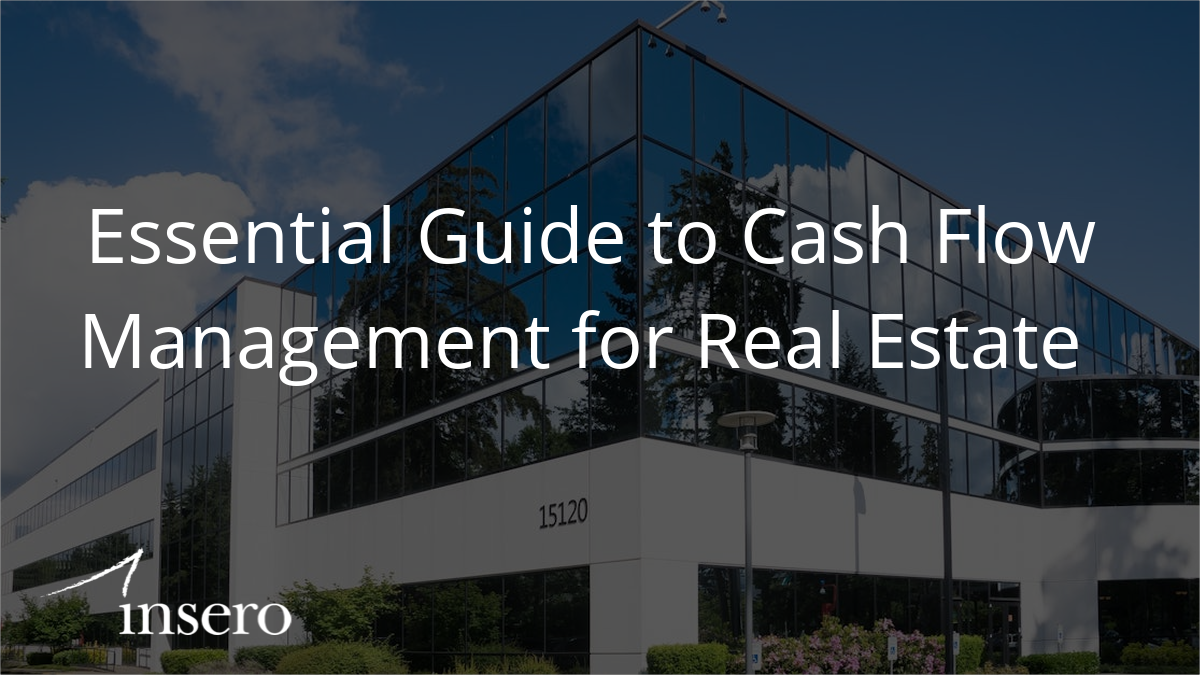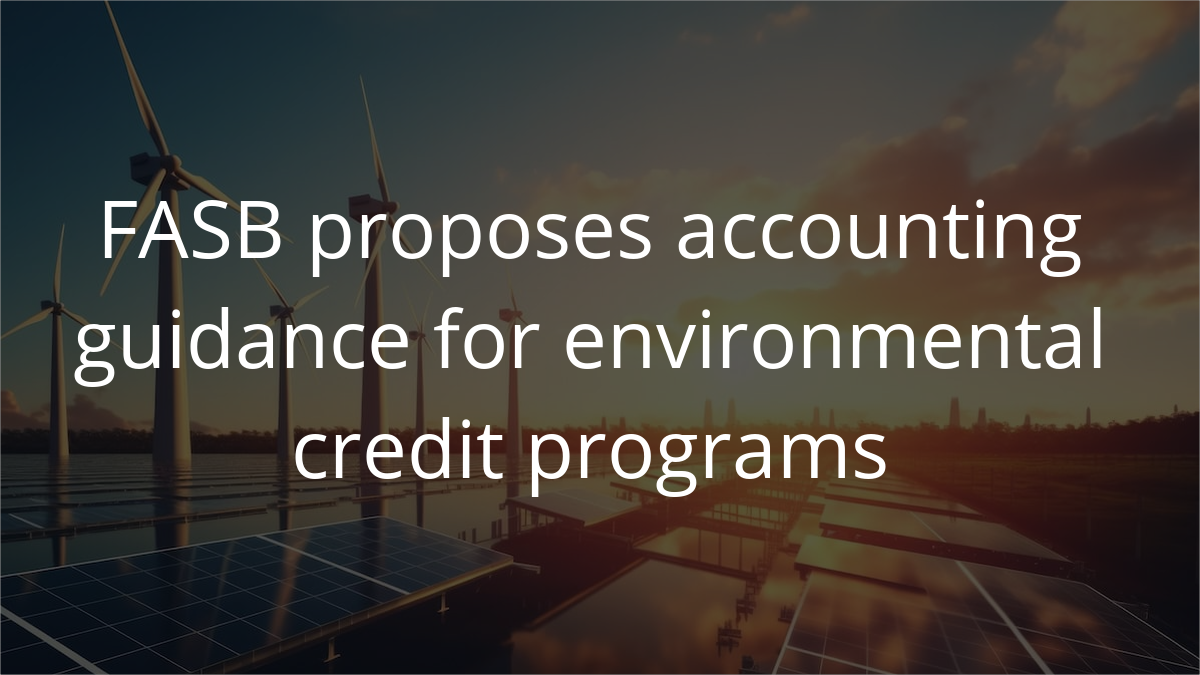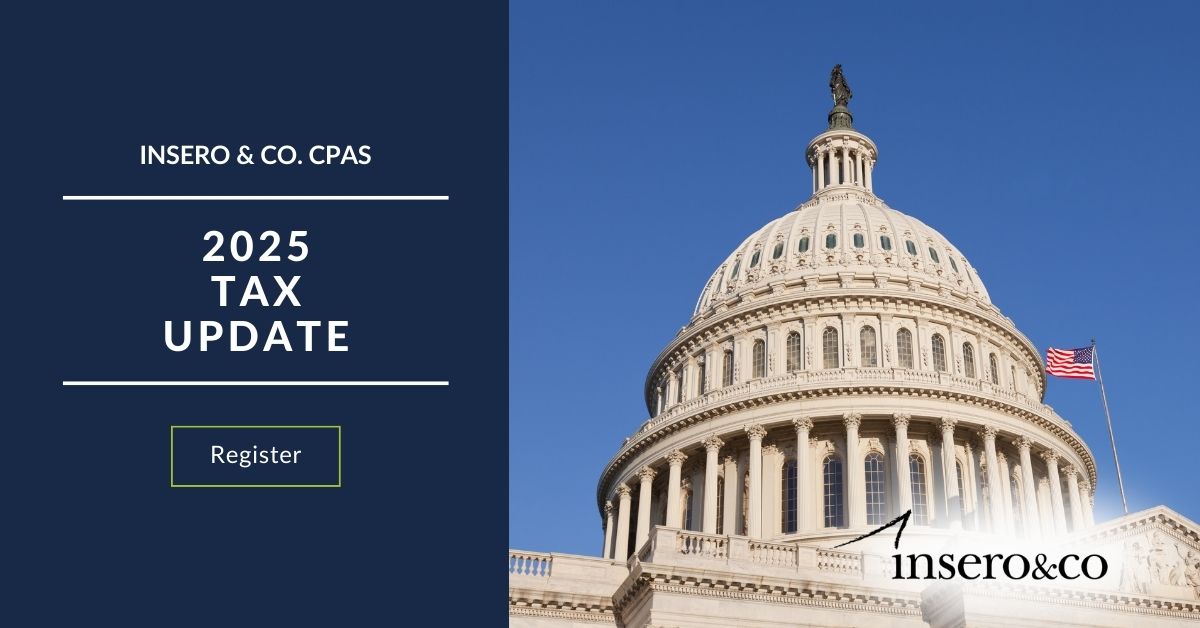Budgets and financial forecasts are important tools for nonprofits that should work in tandem to establish the financial direction of the organization, assess performance, and determine how best to allocate funds in the future.
In reality, many nonprofits struggle to create and update their budgets and forecasts in a timely manner. These four best practices can help.
Understand the differences between budgets and forecasts
The differences between budgets and forecasts need to be fully appreciated in order to take advantage of what each has to offer.
A budget is a roadmap, not a prediction or forecast, that provides an overview of an organization’s expenses and revenue. The budget should focus on the goals of the organization, and it should be reviewed at minimum on an annual basis and preferably on a monthly or quarterly basis.
A forecast uses current and historical financial data to predict the short-term or long-term financial performance of an organization. It tells you whether the organization is heading in the right direction and can be used to determine how to allocate budgets over a given period, based on past performance. Nonprofits often use forecasts to inform ongoing strategic changes throughout the year, all with the goal of reaching budget goals.
Budget first, then forecast
It is generally best to create a budget first, before creating a financial forecast. The budget provides the roadmap, showing where the organization wants to go. Forecasts can then be used to track whether or not the organization is meeting the quarterly or other financial goals that are laid out in the budget.
Avoid procrastination
Budgets and forecasts are sometimes viewed as time-consuming hassles that repeatedly get delayed. It’s best to have a consistent process in place for starting on budgets two to three months before the start of the next fiscal year in order to gather data and input from different departments.
Forecasts likewise need to be done on a frequent basis—monthly, if possible. A timeframe needs to be established for the forecast, then past financial documents and other paperwork for that time period need to be gathered, including balance sheets and cash flow and income statements. Analyzing the forecast will help organizations determine whether targets in the budget will be met on the proposed timeline.
Update to automated tools
Many nonprofits rely on Excel to create their budgets and forecasts, which typically requires a lot of time and manual effort. The hassles of spreadsheet-based budgets and forecasts often serve as an impediment to getting them done as frequently as needed.
As an alternative, many nonprofits are implementing modern, cloud-based ERP solutions like Sage Intacct that streamline budgeting and forecasting with automated processes, real-time reporting tools, and drill-down capabilities. Sage Intacct also provides powerful driver-based models, what-if scenarios, and rolling forecasts, making it easier to quickly make course corrections based on the latest data.
Get the support you need
Insero & Co. is a public accounting firm with decades of experience working with nonprofit organizations. Our experts are available to help you identify and implement best practices for budgeting and forecasting that can save you time and help you achieve your goals.




